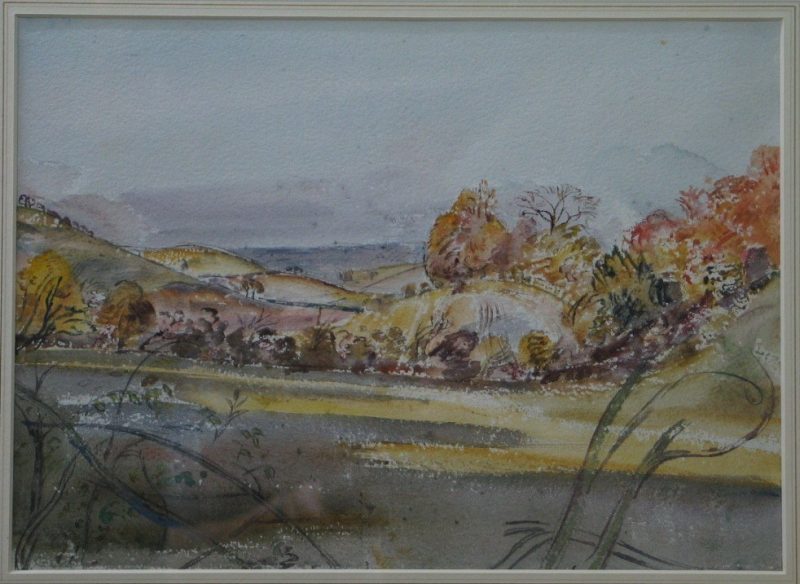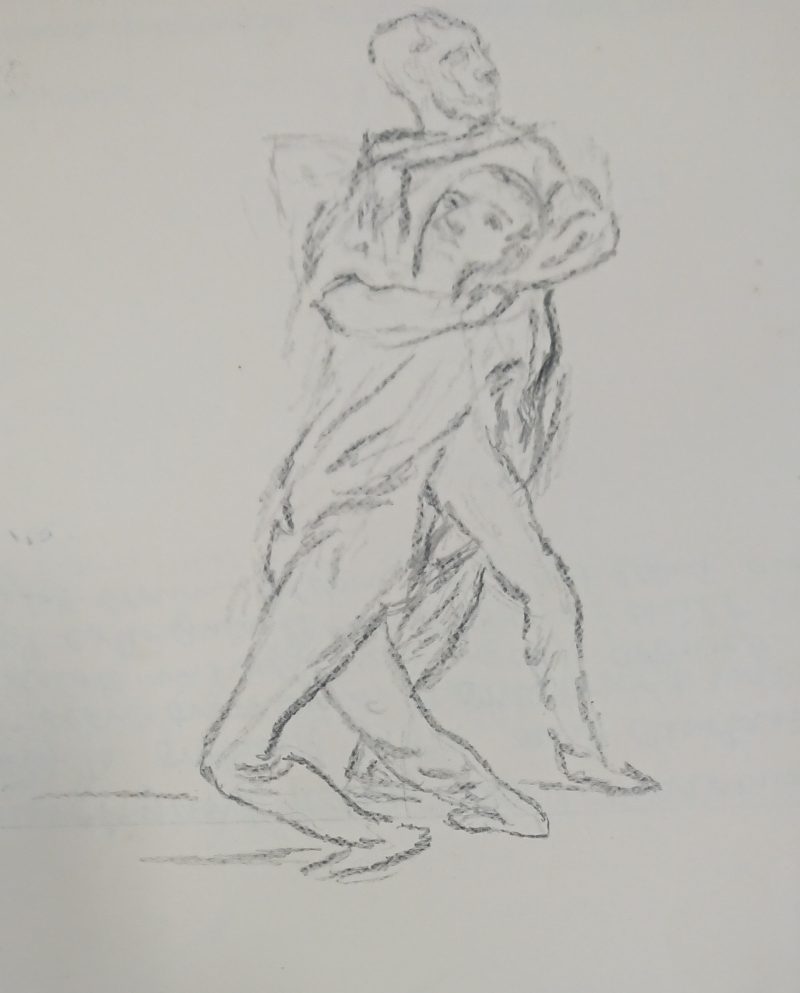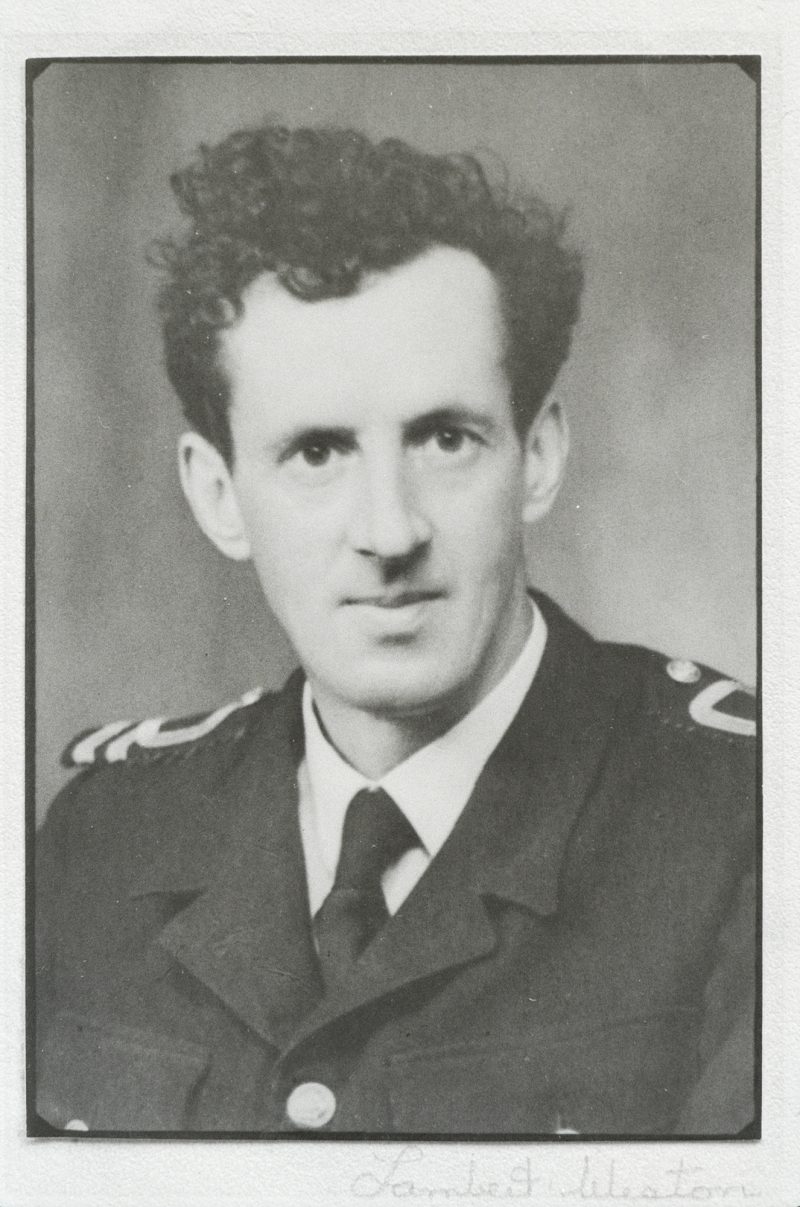Remembrance: Thomas Hennell

Magpie Bottom, Shoreham by Thomas Hennell
Thomas Barclay Hennell was born in 1903, and had by his mid 20s become an accomplished and sensitive artist of the British countryside. Part of the same movement as Eric Ravilious (with whom he was friends), Hennell sought to capture a way of life that was disappearing even as he drew it.
Hennell was always an eccentric character, often walking for days between friends’ houses and sleeping rough in the countryside. Unfortunately, following a difficult job in teaching, this eccentricity seemed to worsen into a genuine mental health issue. Seeking help with his issues, which included delusions of possession and space travel, Hennell made appointments with private psychiatrists, and was admitted to the Maudsley Hospital in 1932. When treatment there did not work, Hennell was eventually placed in Claybury Hospital in Redbridge, one of the large residential asylums for people suffering from mental health issues that ringed London.

A sketch by Hennell from Claybury c.1933, showing a nurse or attendant physically restraining a patient
Though today we associate the asylum system with a sense of despair, Hennell’s time at Claybury was marked by a slow recovery of his well being. Although treatment and conditions were crude, and sometimes terrifying (as you can see in this sketch he made of a patient being restrained), Thomas enjoyed the large grounds of the Hospital and was given materials to sketch and draw with. He was discharged in 1935, and resumed his career as a painter. He eventually wrote about his experiences in mental health treatment in the experimental book ‘The Witnesses’.
When the Second World War broke out, Thomas applied to be a war artist, tasked with capturing the activity of the conflict for posterity. He was technically appointed as an officer in the Royal Navy, and the photo here is him in his uniform. He first replaced his friend Ravilious in Iceland, portraying the operations of the supply network from America to Europe, and in 1944 joined a Canadian detachment in Normandy as they pushed through occupied France. He finished the War in Java in late 1945, where he was tragically caught up in conflict between British troops and Indonesian nationalists and presumed killed.
We hold a small collection of his paintings (like this one of Magpie Bottom, Shoreham) and some of the personal papers collected by his first biographer, Michael Macleod, in the Museum.

Hennell in Royal Navy uniform